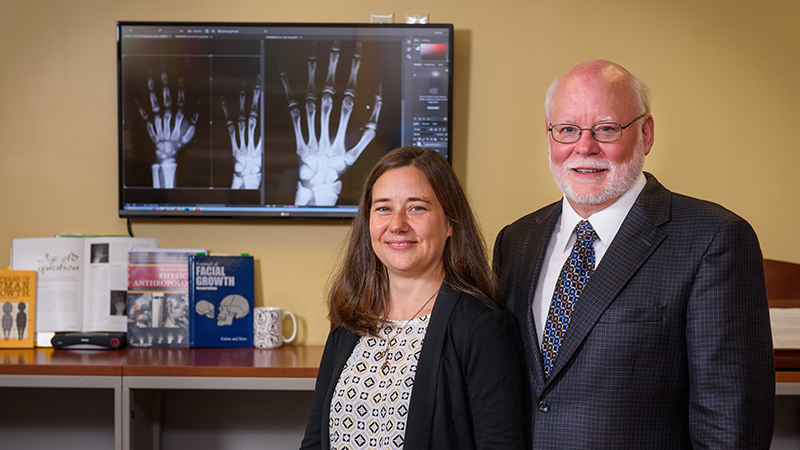
A new study could have major implications for our understanding of skeletal maturity progression and timing in children.
Dana Duren, PhD, Director of Orthopaedic Research and the Skeletal Morphology Laboratory in the Thompson Laboratory for Regenerative Orthopaedics, has been leading a team of researchers in examining epiphyseal fusion (EF) and skeletal maturity. EF is a primary trait used by pediatric orthopaedists when assessing skeletal maturity status of a child. The problem is that the standards regarding ages at which EF should be achieved are based on populations of children born 60 to 80 years in the past.
Duren’s work aimed to quantify changes in EF timing by leveraging a large-scale longitudinal sample that ranges in birth years from 1915 to 2006 to provide clinicians with a sense of the “new normal” for EF in the bones of the hand and wrist.
Their results suggest that children born more recently experience EF-initiation and EF-completion at earlier ages than when compared with those born in the early part of the 20th century upon which current standards are based.
These findings are critical for clinical assessments of skeletal maturity and could have implications for the development of treatment plans for children with skeletal growth and/or developmental disorders.





